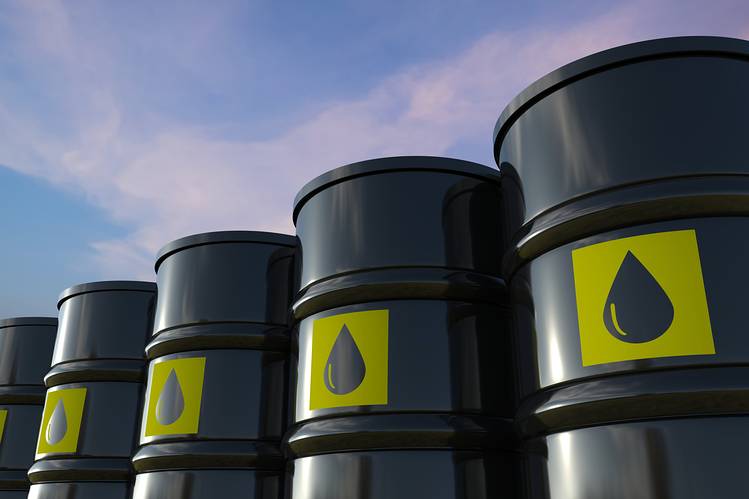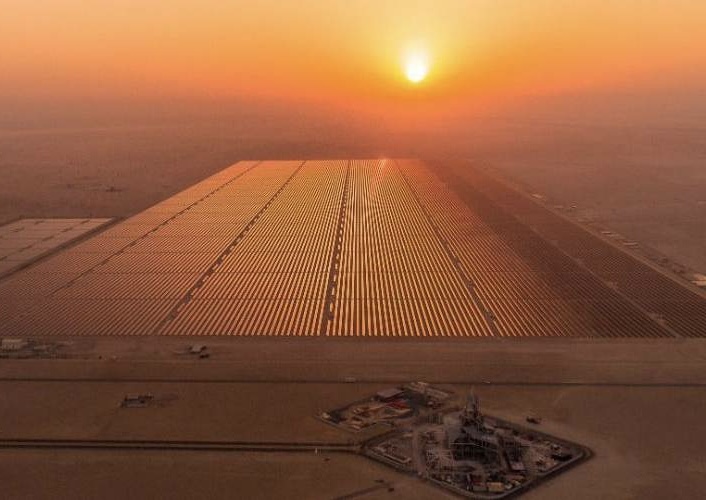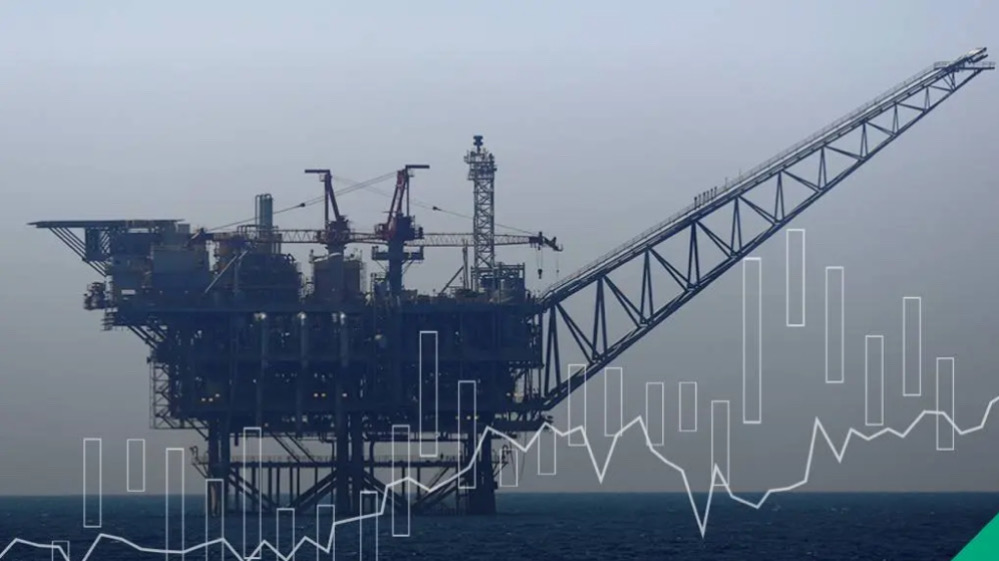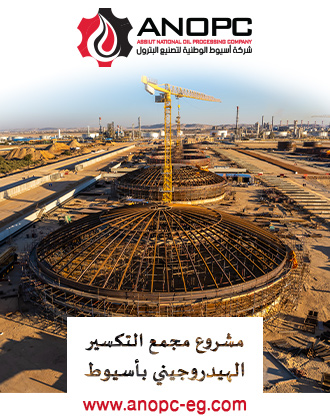Reports
The last barrel
Published on : 2019-11-14

worldoil The East Ohio Gas Company built the world’s first, full-scale commercial LNG plant in Cleveland, in 1940. The plant stored gas in times of low demand, which was re-gasified when additional supply was required during cold weather. The Cleveland plant failed in October 1944, when a cylindrical tank ruptured and caught fire, resulting in 130 fatalities. The accident delayed further implementation of LNG facilities for several decades.
Major new opportunity. The surplus of natural gas in specific geographic locations, combined with updated technologies and major infrastructure investments, has created a burgeoning international market for the export of LNG to high-demand countries. The major exporters are Australia, Qatar, the U.S., Malaysia and Russia (EIA). To receive the influx of product, more than 30 LNG import terminals are now operating across Europe, so many that inbound tankers from Qatar, the U.S. and other LNG exporting nations cannot meet the facilities’ capacity. Despite the supply shortage, new import terminals are planned in Germany and Poland. The trend suggests that the continent is serious about the Paris agreement and will continue to shift away from coal, while reducing its dependence on gas delivered through Russian pipelines.
Australia expands LNG exports. Australia is on track to surpass Qatar as the world’s largest LNG exporter, according to Australia’s Department of Industry, Innovation and Science (DIIS). Australia has more LNG export capacity than Qatar and exported more LNG than that country in November 2018 and April 2019. Within the next year, as Australia’s newly commissioned projects ramp up and operate at full capacity, the U.S. EIA expects Australia to consistently export more LNG than Qatar. Australia’s LNG export capacity increased from 2.6 Bcfd in 2011 to more than 11.4 Bcfd in 2019. Australia’s DIIS forecasts that Australian LNG exports will grow to 10.8 Bcfd by 2020–2021, once the recently commissioned Wheatstone, Ichthys and Prelude floating LNG (FLNG) projects ramp up to full production. Most of Australia’s LNG is exported under long-term contracts to Japan, China and South Korea. However, an increasing share of Australia’s LNG exports in recent years has been sent to China, to meet its growing demand for LNG (sans U.S. supply).
Trade war casualty? While Australia seizes the vast opportunity in China, President Trump continues to pursue a trade war with the world’s largest country (China = 1.39 billion people while U.S. = 327 million people). Although Mr. Trump has consistently promoted U.S. LNG when meeting with other heads of state, plans for new U.S. export terminals to ship the fuel abroad are deteriorating, as the lingering trade war escalates. LNG may have dodged the latest round of Chinese tariffs, but Tellurian and other developers will probably delay final investment decisions on multi-billion-dollar U.S. LNG export projects until 2020, as tensions complicate negotiations with potential Chinese gas buyers (Bank of America). While LNG isn’t among the goods that Beijing will target in retaliatory levies that took effect in September, a 25% duty imposed in June still stands, raised from 10% previously.
The trade dispute is intensifying, as roughly a dozen companies are attempting to start-up U.S. LNG export terminals in the next several years. Smaller developers face intense competition from deep-pocketed majors, including ExxonMobil, Qatar Petroleum and Royal Dutch Shell, which didn’t need to sign long-term contracts before greenlighting their projects. A collapse in global gas prices caused by excess supply from the U.S. to Australia is also pressuring the industry.
For an investment decision on Tellurian’s $28-billion Driftwood project in Louisiana, “we see delays as likely, given current pricing headwinds, no resolution yet on the U.S.-China trade war, and minimal contract announcements in recent months,” according to BoA’s Julien Dumoulin-Smith.
Liquefied Natural Gas will likely push back a final investment decision on its Magnolia terminal in Louisiana to 2020 because of growing competition, and NextDecade may delay a decision on its Rio Grande project in Texas until next year.
API touts benefits. Despite the numerous delays caused by the festering trade war, API and advocate groups Center for LNG (CLNG) and LNG Allies have outlined the numerous benefits that increasing U.S. LNG exports will play in the global energy transition. “U.S. natural gas is meeting growing American energy needs, and at the same time, U.S. LNG exports are improving global conditions and reducing emissions by spreading the benefits of abundant energy to our allies around the world,” said API President and CEO Mike Sommers. “LNG exports are encouraging coal-to-gas switching for power generation from China to Germany, which helps lower emissions while simultaneously bringing affordable and reliable energy to areas which previously had none,” Sommers concluded. “U.S. LNG exports are creating new jobs here, at home, and adding billions of dollars to the U.S. economy,” said LNG Allies President and CEO Fred H. Hutchison.
Opportunity knocks but once. How political leaders
and LNG exporters interact with customers has the potential to
positively impact their regions’ gas producing industry and economy.
History has shown that being in the right place, at the right time, with
the right product (at a competitive price), is key to building a loyal
customer base and establishing long-term trade relationships. The
developing U.S. LNG export play offers producers a major opportunity,
which if properly managed, will benefit the natural gas industry and
U.S. economy for decades to come. For the sake of all Americans Mr.
Trump, let’s make a deal with the Chinese and end this counterproductive
trade-war. After all, Australia appears to be “well-positioned” to
satisfy Asian LNG requirements, right?







